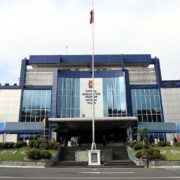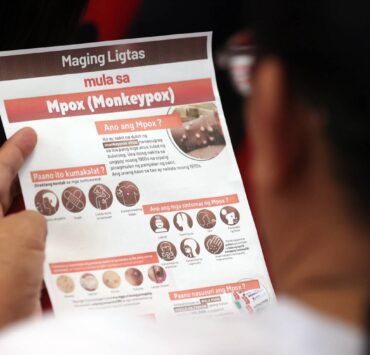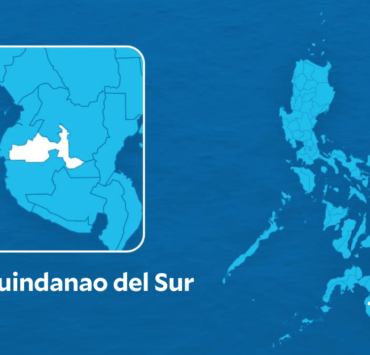Baguio, Cordillera consumers enjoy lower food, fuel prices
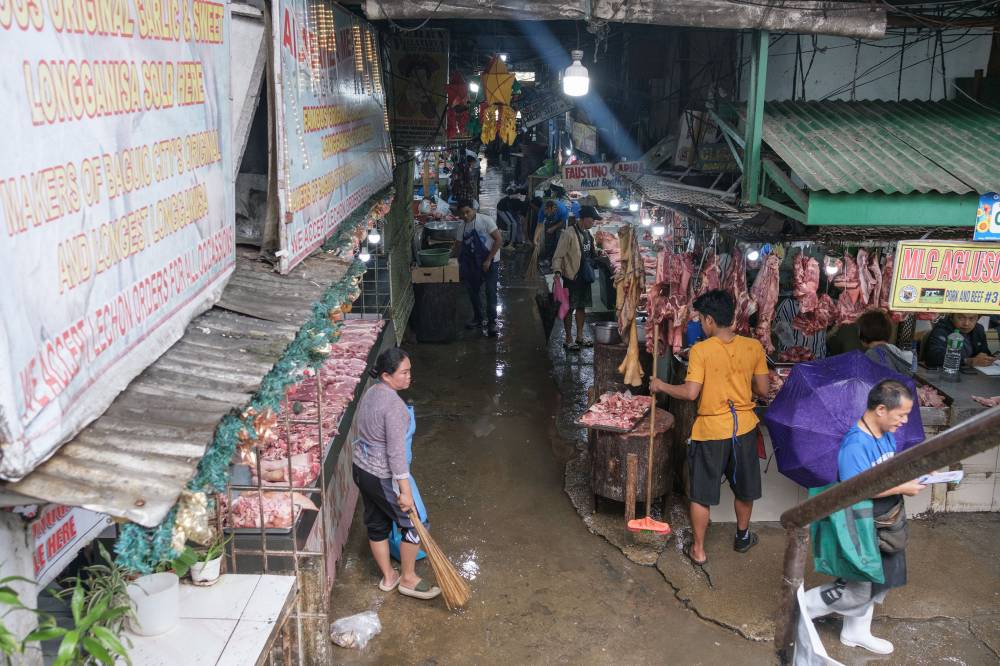
BAGUIO CITY—Lower food and fuel prices continued to ease inflation across the Cordillera region, including Baguio, as the inflation rate fell to 2 percent in April from 2.3 percent in March, according to the Philippine Statistics Authority (PSA).
Cordillera inflation had previously peaked at 4.8 percent in the middle of 2024 and stood at 4.1 percent in January. However, last month’s rate was pulled down primarily by food price declines, including a drop in the rice index from negative 3.2 percent in March to negative 4.4 percent in April, said chief Cordillera statistician Aldrin Federico Bahit Jr. during an online economic briefing last week.
The index for vegetables, root crops, bananas and legumes (beans and peas) also saw a downturn, registering an inflation rate of negative 2.6 percent—down from 2.9 percent the previous month. Bahit also reported a significant plunge in the fuel index, from negative 5.5 percent rate in March to negative 10.6 percent in April.
Some commodities, however, have experienced slight price increases. For instance, Arabica coffee beans in Baguio are now selling for P70 per kilo, up from P60 to P65 per kilo in recent months, and significantly higher than the P55 per kilo average before the inflation surges of 2023 and 2024.
Higher demand
According to Jennylyn Dawayan, Cordillera director of the Department of Agriculture, the increase in coffee prices appears to be a result of higher demand.
Despite the improvements, the Cordillera posted the highest inflation rate in April among all regions outside Metro Manila. It tied with Cagayan Valley, which also posted a 2 percent inflation rate last month, down from 2.9 percent in March, Bahit said.
Meanwhile, Bangsamoro Autonomous Region in Muslim Mindanao and Soccsksargen (South Cotabato, Cotabato, Sultan Kudarat, Sarangani, General Santos or Region 12) recorded the lowest regional inflation rates in April at negative 1.3 percent and 1.4 percent, respectively.
The April inflation slowdown benefited all Cordillera provinces. Abra recorded 0.6 percent, slightly down from 0.7 percent in March while Apayao posted negative 0.6 percent, a significant drop from 0.7 percent. Benguet’s inflation declined from 1.9 percent to 1.8 percent.
Ifugao went down to 2 percent from 2.6 percent. Kalinga dropped from 1.5 percent to 1.1 percent while Mountain Province decreased from 3.9 percent to 3 percent. Baguio City maintained its 3.2 percent rate, unchanged from March.
However, certain food items saw faster inflation in April. Meat and other parts of slaughtered animals rose to 8.7 percent from 7.8 percent. Fish and other seafood climbed to 5.7 percent from 4.3 percent, while fruits and nuts reached 7.5 percent from 5.7 percent.
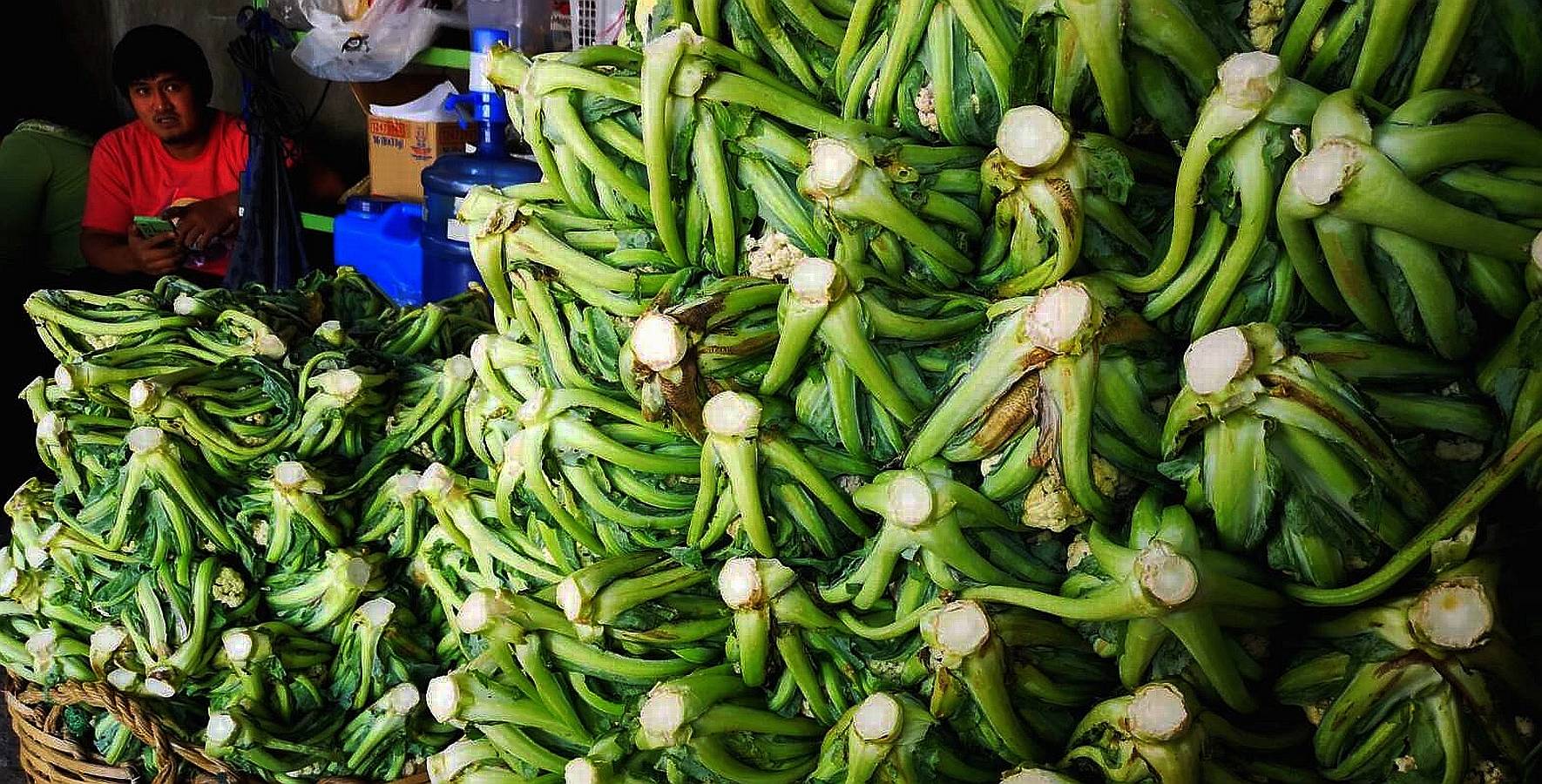
Inflation for restaurants and accommodation services edged up to 3.7 percent in April from 3.5 percent in March. Alcoholic beverages and tobacco also posted a slight increase to 3.2 percent from 3 percent.
In Baguio City, slow inflation was observed in several sectors. Food and nonalcoholic beverages registered 2.5 percent in April, down slightly from 2.6 percent in March. Furnishings, household equipment, and household maintenance decreased to 4.2 percent from 4.4 percent.
Alcoholic beverages and tobacco remained steady at 2.5 percent. Health services dropped to 2.4 percent from 2.7 percent.
Transport decreased to 1.4 percent from 2.7 percent, while recreation, sport, and culture slipped to 0.7 percent from 0.9 percent, according to Cordillera statistician Imelda Buyuccan.
She also noted that Benguet, which supplies 80 percent of salad vegetables consumed in Metro Manila and other provinces in Luzon, experienced a slight inflation decline from 1.9 percent in March to 1.8 percent in April—primarily driven by cheaper fuel and food.
The Cordillera region’s economy grew by 4.8 percent last year, based on the latest gross regional domestic product data. However, this fell short of development targets, said Jose Dado, deputy director of the National Economic and Development Authority in Cordillera.
“Noteworthy but [which] falls below our target of 5.5 to 7.0 percent [and is much] slower compared to the impressive 7.7 percent average growth we saw from 2021 to 2023,” Dado said earlier.












